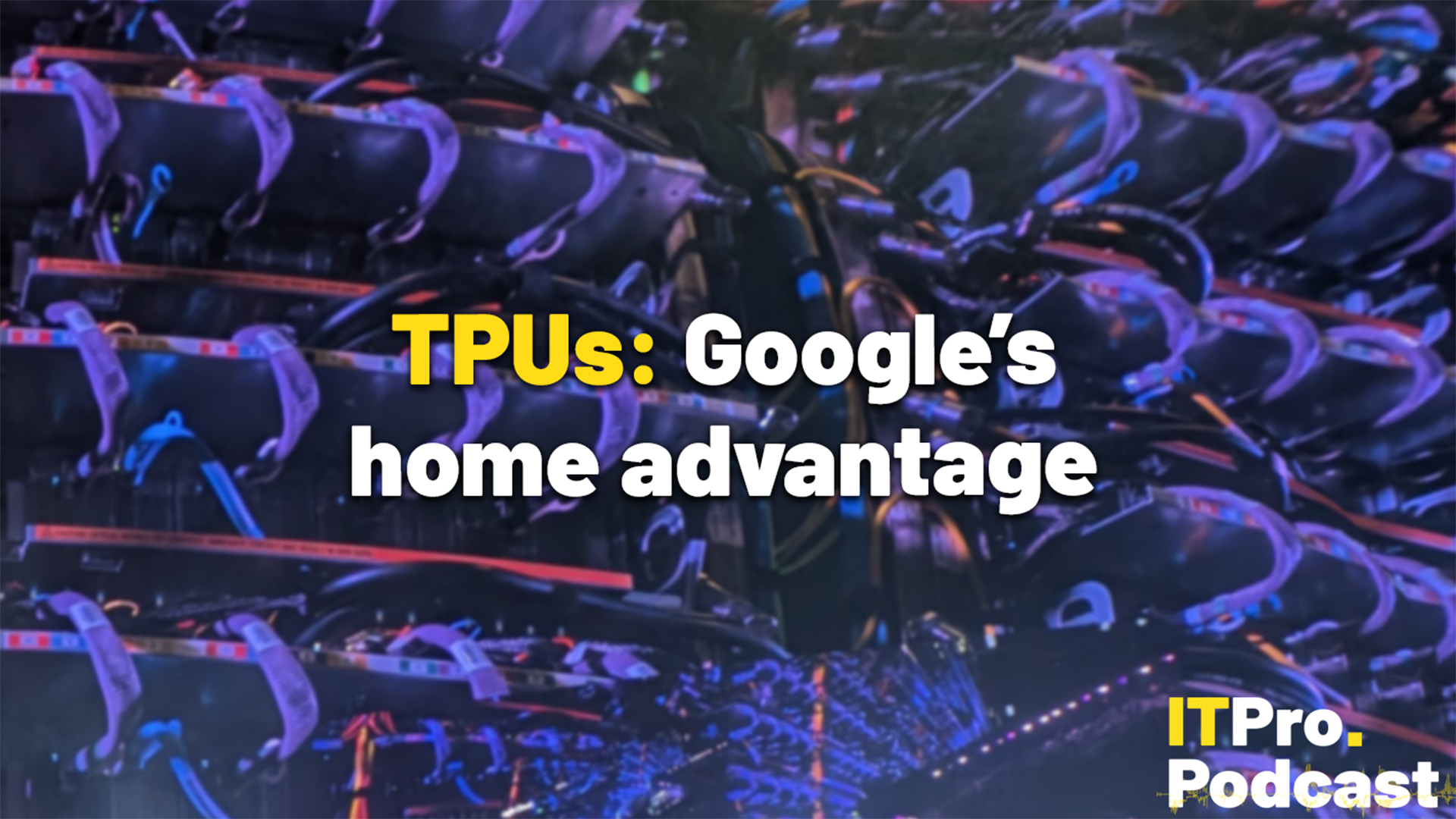Enterprise AI adoption is about to get the Big Brother treatment – and it's a nightmare waiting to happen
Worried your staff aren’t using those shiny AI tools you petitioned for? Big tech has you covered


Not content with saturating every nook and cranny of the technology market, big tech companies are now pulling out all the stops to drive enterprise AI adoption – and it’s beginning to get a tad invasive.
In late September, Microsoft announced new tools aimed at allowing managers to track internal AI usage rates, specifically for its Copilot suite. The tool, dubbed Benchmarks, will be available in the Microsoft Copilot Dashboard in Viva Insights, all by all accounts is an IT leader’s dream as far as justifying investment goes.
Users can compare usage rates across their organization, drilling down into individual teams to snoop on who’s using what, where, and when. Better still, Benchmarks allows enterprises to track usage rates at competitors, enabling them to compare and contrast their own adoption rates.
That competitor that was running away with it in 2021? They’re nowhere near us in AI adoption. Who’s laughing now?
Of course, Microsoft has framed this under the auspices of helping to “identify adoption trends and provide broader context and new opportunities to improve Copilot engagement”.
On the surface, I’ll admit it makes sense. You’ve spent a lot of money on these shiny new tools and features, so understanding what teams are using them – and how – helps shed light on whether it’s been worth it so far.
The early days of the generative AI boom were fraught with sluggish adoption rates and poor return on investment (ROI). If you’re a Microsoft shop, this might just keep the board from breathing down your neck.
Sign up today and you will receive a free copy of our Future Focus 2025 report - the leading guidance on AI, cybersecurity and other IT challenges as per 700+ senior executives
As many enterprises have learned the hard way, throwing fancy tools at some business functions works, and with others it’s just not worth the effort.
But given the atmosphere in the industry over the last year or so, it seems rather invasive. Microsoft’s move on this front will undoubtedly be followed by other AI providers, again under the promise of helping track usage and performance.
Of course, they’ve always been tracking adoption rates, but on a macro level in terms of enterprise customers.
It’s the granular level of insight that’s bugging me. What this means for individual employees is that they’re likely going to end up in a scenario where their AI usage will be tracked, recorded, and scrutinized at every turn.
Workplace monitoring practices aimed at measuring performance and office activity have already reached such an extent that data protection watchdogs such as the UK’s Information Commissioner’s Office (ICO) issued guidance on how enterprises can safely use these technologies.
Tracking AI usage in what is a very pricey, high stakes game of investment sounds nightmarish.
Not using the new AI tools we forked out for? That’ll be brought up in your performance review.
Use these AI tools, or else
Microsoft itself has already come under fire for reportedly considering whether to track employee AI usage as part of its annual performance reviews, per Business Insider.
Julia Liuson, president of Microsoft’s developer division, reportedly told managers to factor in AI usage when assessing employee performance, describing use of the technology as “no longer optional”.
“AI should be part of your holistic reflections on an individual’s performance and impact,” she wrote in a leaked internal memo.
Elsewhere in the industry, business leaders have gone to extreme lengths to drive AI adoption rates. As ITPro reported in September, Eric Vaughan, CEO of IgniteTech, embarked on a comprehensive workforce overhaul during the early days of the AI race, ultimately replacing around 80% of staff in a year.
Vaughan told Fortune that “changing minds was harder than adding skills” when embarking on a company-wide AI transformation program.
Coinbase CEO Brian Armstrong also confessed to firing workers who refused to use new AI tools purchased by the company.
Notably, these examples occurred before the launch of Microsoft’s Benchmarks tool and during the early stages of the adoption process. Consider the pressure workers will be under now, after years’ worth of investment in the technology, if they’re not quite meeting expectations.
Clinging onto hope
Of course, there is another side to what could become a growing trend of invasive workforce AI tracking: growing desperation on the part of providers and customers alike.
Microsoft and counterparts in the tech industry have invested hundreds of billions of dollars in generative AI since late 2022, and they want a return on investment as much as the customers lapping up their products.
Offering a helping hand to the IT leaders who went cap in hand to C-suites and boards to help justify the investment they’ve made over the last two and a half years is mutually beneficial.
Managers can crack the whip and get staff using the AI tools they’ve purchased at great cost, making it look like their adoption ‘program’ has been a success and use these metrics as a stick to beat competitors with (because they’re able to track what they’re doing, remember?).
Meanwhile, big tech companies have a wealth of data on customer adoption rates, which in turn can be used to ease the concerns of investors still wondering why the world hasn’t been consumed by the technology.

Ross Kelly is ITPro's News & Analysis Editor, responsible for leading the brand's news output and in-depth reporting on the latest stories from across the business technology landscape. Ross was previously a Staff Writer, during which time he developed a keen interest in cyber security, business leadership, and emerging technologies.
He graduated from Edinburgh Napier University in 2016 with a BA (Hons) in Journalism, and joined ITPro in 2022 after four years working in technology conference research.
For news pitches, you can contact Ross at ross.kelly@futurenet.com, or on Twitter and LinkedIn.
-
 Trump's AI executive order could leave US in a 'regulatory vacuum'
Trump's AI executive order could leave US in a 'regulatory vacuum'News Citing a "patchwork of 50 different regulatory regimes" and "ideological bias", President Trump wants rules to be set at a federal level
-
 TPUs: Google's home advantage
TPUs: Google's home advantageITPro Podcast How does TPU v7 stack up against Nvidia's latest chips – and can Google scale AI using only its own supply?